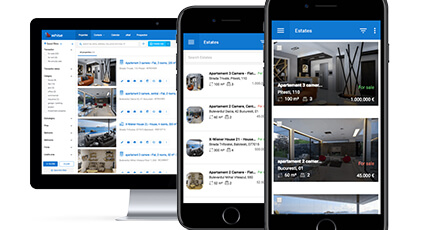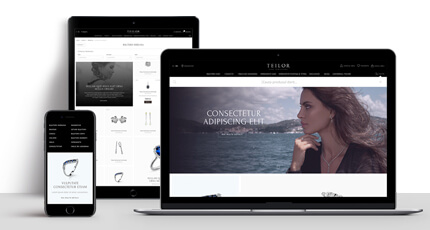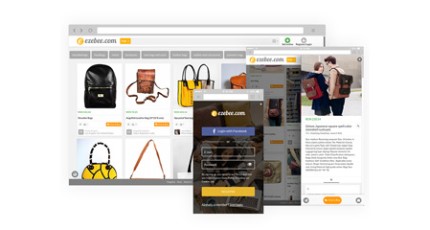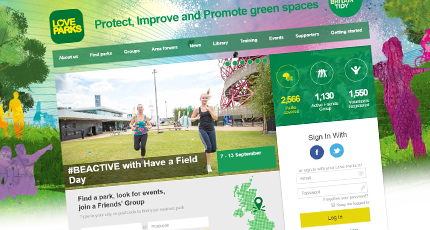Are you wondering what is the process of developing a mobile application and how long does it take? Well, you’ve just landed on the right page, because this is precisely the topic we are going to approach in the following lines.
Mention: Even if at first glance, the main stages seem similar for most of the mobile development companies, in practice, each one has its own way of getting things done and functional.
So, the following app development process is a “This is how we do it” story.

STEP #1 – ANALYSIS PHASE
This is a key-phase for every new app development process – that’s why we pay special attention to all the insights you can provide. Every detail counts because it can make a difference at some point. After all, you don’t need to develop an app like any other in the store. You want to develop THAT app that is able to stand out and generate engagements, purchases, etc.
So, the analysis phase usually starts with a meeting (virtual one, or face-to-face) where you tell us about your business goals, needs, and context, and we ask you specific questions to be sure we have a complete overview of your needs and intends.
Auditing your business needs from a mobile app’s perspective:
- Why do you need an app?
- What type of app do you intend to develop?
- Who is your target?
- What types of problems will your app solve for your customers?
- What features do you consider that must include?
- What is your app’s core appeal?
- Do you have examples of apps that you like?
- Have you developed in the past similar projects?
- How much time & budget are you willing to invest in mobile app development? etc.
Researching – Knowing what you need and expect is essential, but we want to create an even more complete landscape. That’s why, right after auditing your business needs, we’ll invest some time in market research (on competition, on industry trends, etc.)
Defining the project’s requirements – That’s like a pinpoint on the project map. We have insights on your business needs, and gather relevant data from the market. We can consider that the most important coordinates for starting a project have been established.
Consultancy – Deciding upon the exact functions and features of your mobile app, technologies we must use, human resources that must be involved, what type of app suits your business interest and what not, etc. – we usually do that during a consultancy session. We have extended experience in various projects and industries, so we feel ready at any point to give you professional advice to invest in the right app development.
This step may seem overwhelming and time-consuming. In reality, our project managers and consultants have extended experience in similar projects / working with projects from your industry. So, you’ll be surprised to find out that completing this analysis phase takes, usually, a few days only.

EXAMPLE
Tourpaq Guest App
Our client: Tourpaq is one of Roweb’s longest-standing clients with an ongoing collaboration that has lasted for over nine years.
The solution: Continuing our partnership, Tourpaq, decided to build an app entirely dedicated to end-users. The app offers real-time visitor information, details, updates, linked to the booking and ideas to inspire tourists to fully enjoy their holiday.
Send us details on what your business needs and expects from your (next) mobile app project,
and we’ll get back to you with a project estimation or a meeting proposal for gathering further insights.
STEP #2 – THE APP PROPOSAL
Once we know what you want and expect, the proposal part for the app development process will come naturally. We have your requirements, our staff skills, knowledge, and experience – so, we are ready to deliver you a mobile app proposal.
Whether your requirements are non-technical, or you already provided us with specific tech details for the development process, we will use our experience to help you discover even more digital opportunities for your business.
So, the next things to do are:
- presenting further opportunities – to help you get the best solution;
- wireframing the app – to offer you an overview of our vision;
- the financial evaluation – to provide you all the data you need for a realistic and long-term cost estimation;
- NDA for the project – we are committed to safeguarding the privacy of your business processes at any given step.
STEP #3 – TEAM ARCHITECTURE
We have over 130 experienced developers, and each of them is able to enroll fast in your project development process and understand on the go what they have to deliver.

There is no better partner than Roweb. Their large arsenal of competencies exceeded our requirements. The implementation team is confident, consistent and reliable, delivering perfectly to specification every time and far ahead of schedule. The developers are incredibly positive, adept, creative and artful, pouring heart and soul into a project.
Paul Horner
Director at DigiConsul GmbH
Based on your project’s complexity, the team architecture can involve only 2 specialists (1 project manager/consultant + 1 developer) or extended development teams.
Some examples of team architecture for different mobile dev projects:

1
Specialist for implementing the api

3
Porgramming specialists
1
Project manager


2 months
Developing time

2
Developers

1
Project Manager

Native apps
(Android & iOS) and Website
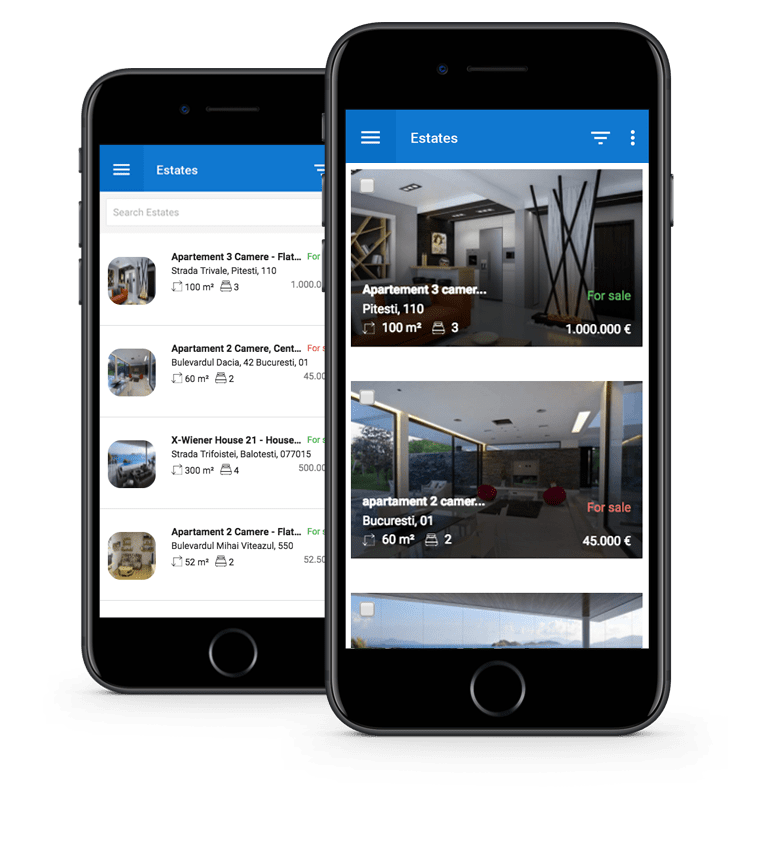
1
UX Designer
3
Front-End
6
Back-End
1
Project Manager
STEP #4 – TIMELINE & STAGES
By splitting the mobile development process into different stages, and by designing a timeline, we’ll help you track the project’s evolution easily. Moreover, we’ll be able to communicate better while our developers will optimize or adapt fast to dynamic objectives and requirements.
STEP #5 – DEVELOPING THE APP
Our project manager will define the tasks and the steps-plan to achieve the milestones. From checking the UI/UX design in real-time to seeing how the tasks are distributed and implemented – you’ll be in full control over the development process.
Technologies we use for app development
IOS APPS DEVELOPMENT
Development languages:
- Objective C
- C/C++
- Swift
- Java Script (ES6)
Development languages:
- Flutter
- React Native
Development environment:
- Xcode
Libraries used:
- Facebook SDK
- Instagram integration
- APNS
- Google Maps
- ShareKit
- Scanner Kit SDK
- AFNetworking
- Twitter integration
- Google+ integration
- Google Places API
- Image processing using OpenCV
- Aurasma (Augmented reality)
- SmallSockets Library (voice recognition)
- KVNProgress
ANDROID APPS DEVELOPMENT
Development languages:
- Java
- Java Script (ES6)
- C/C++
- Kotlin
Development languages:
- Flutter
- React Native
Development environment:
- Android Studio
Libraries used:
- Facebook SDK
- Instagram integration
- Zxing
- Retrofit
- Rx Android
- Butter Knife
- Google Maps
- MPAndroidChart
- Green Dao ORM
- Twitter integration
- Google+ integration
- Volley
- Rx Java
- Gson
- Google Places API
- Image processing using OpenCV
- FCM (Firebase Cloud Messaging)
HYBRID APPS DEVELOPMENT
Development languages:
- HTML5 / CSS
- Twitter Bootstrap
- jQuery Mobile
- KnockoutJS
- Angular JS
- Sencha Touch
Development environment:
- Visual Studio
- Android Studio
- Eclipse
- Xcode
Technologies:
- Ionic
- Silverlight
- Cordova
- Titanium
- ASP.NET
Methodologies we use for app development:
Agile – an iterative approach where the phases needed to complete a project are generally done simultaneously. Tasks are broken down into planning cycles. Requirements and solutions are continually evolving and based on priority and discipline.
Scrum – teams consist of 3 to 9 people, with an average of 7, and include developers, architects, UI designers, analysts, Quality Analysts, and writers. The key to that is the fact that our team members are cross-skilled, enabling us to keep the core project team small.
Kanban – Instead of limiting the work time available in a Sprint in order to drive productivity, Kanban achieves this by limiting the number of active, concurrent issues. This way, time estimation is no longer part of the project management process. Kanban works well when used alongside Scrum or any other Agile method.
STEP #6 – TESTING AND LAUNCHING THE APP
For delivering a complete functional solution, the dedicated dev team will conduct testing processes at different levels:
- functional testing;
- checking if the client’s requirements have been met;
- integration testing;
- user testing;
- device testing;
- unit testing;
- bug fixing.
How to start working with Roweb’s dedicated dev teams on your next project?
Starting a new project with us it’s easy. Fill the form and send us relevant details about your software development needs, and we’ll get back to you as soon as possible with a project brief or even with a project proposal (if the project requirements sent by you are complete).
Until sending your project requests, there are some things you may want to know about us:
TECHNOLOGIES THAT WE USE:








METHODOLOGIES
- Agile
- Scrum
- Kanban
- Waterfall
ROLES WE PROVIDE
- Project managers
- Business analysts
- Developers
- Q&A specialists
- Scrum masters
- UX Designers






